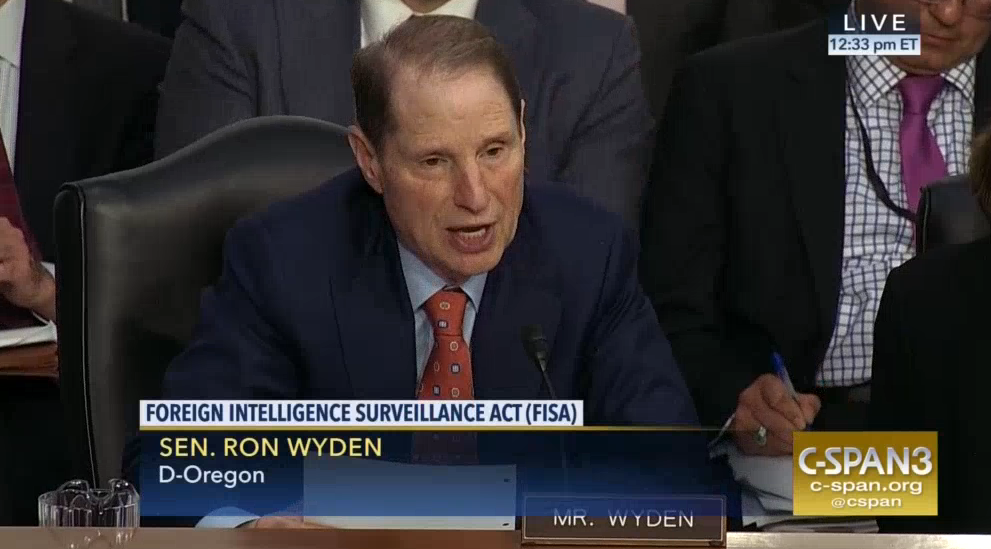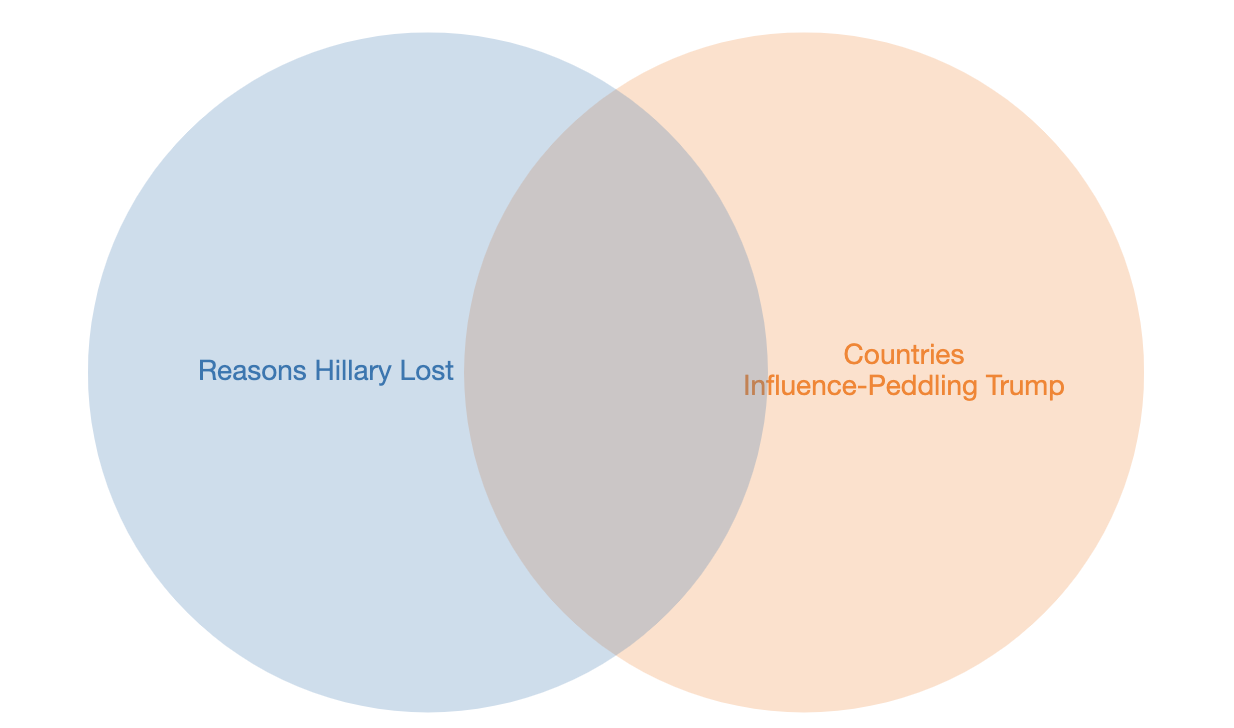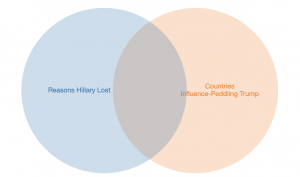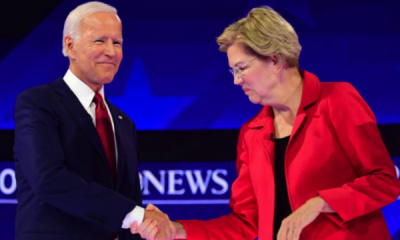Adam Schiff Makes Clear FBI Is Using Section 215 Like the 2014 Exception
For months, Congress has been debating the reauthorization of Section 215 of the PATRIOT Act. The House passed a compromise bill before COVID shut-downs really halted everything in Congress, though did so in such a way as to prevent Zoe Lofgren from offering any amendments. After the Senate failed to act, the provision (and two related ones lapsed). Then, a few weeks ago, the Senate passed a version that added an amendment from Mike Lee and Patrick Leahy that strengthened the amicus to the previously passed House bill. But an amendment offered by Ron Wyden and Steve Daines failed by one vote after Tom Carper said that Pelosi had warned him its passage would gut FISA (and after Bernie Sanders and Patty Murray didn’t make it for the vote). The operative language of their amendment read,
(C) An application under paragraph (1) may not seek an order authorizing or requiring the production of internet website browsing information or internet search history information.
Zoe Lofgren and Warren Davidson tried to pass that amendment in the House. Over a weekend of heated negotiations, they limited the Wyden-Daines language to apply just to US persons.
(C) An application under paragraph (1) may not seek an order authorizing or requiring the production of internet website browsing information or internet search history information of United States persons.
At first, Wyden endorsed the Lofgren-Davidson language. Except then Adam Schiff gave Charlie Savage a statement that suggested the amendment would only prevent the government from seeking to obtain Americans’ internet information, not prevent it altogether.
But in his own statement, Mr. Schiff put forward a narrower emphasis. Stressing the continued need to investigate foreign threats, he described the compromise as banning the use of such orders “to seek to obtain” an American’s internet information.
That led Ron Wyden to withdraw his support. Leadership withdrew that amendment from the Rule.
Schiff’s ploy seems to suggest one way the government is using Section 215.
Wyden had previously asked how each of three applications for Section 215 would appear in counts:
- An order in which an IP address used by multiple people is the target
- An order collecting all the people who visit a particular website
- An order collecting all the web browsing and internet searches of a single user
I’ve argued in the past that the FBI wouldn’t go to the trouble of a Section 215 order for a person who was not otherwise targeted, the last bullet. Schiff’s willingness to limit collection to foreigners is consistent with that (because targeting non-US persons has a lower probable cause level), meaning that’s not the function the government is so intent on preserving.
Which leaves Wyden’s IP address used by multiple people and a website, what I have suggested might be VPNs and WikiLeaks. Those are the applications that Schiff (and Pelosi) are going to the mat to protect.
That makes something that happened in 2014 important. That year, FISC permitted the government to remain tasked on a selector under 702 (which can only target foreigners) even after finding that Americans were using the selector, provided the US person content was purged after the fact. Except ODNI made a list of enumerated crimes — virtually all of which exploit the Dark Web — that Section 702 content could be used to prosecute. Richard Burr codified that principle when the law was reauthorized in 2017.
Schiff has invoked the same principle — allowing the FBI to target a URL or IP, and in the name of obtaining foreign intelligence, obtaining the US person activity as well. Because this is not treated as “content,” the government may not be limited to instances where the US person activity is location obscured (though it’s possible this is just about obtaining VPN traffic, and not something like WikiLeaks).
Wyden called the resulting practice (remember, this is status quo), as “dragnet surveillance.”
“It is now clear that there is no agreement with the House Intelligence Committee to enact true protections for Americans’ rights against dragnet collection of online activity, which is why I must oppose this amendment, along with the underlying bill, and urge the House to vote on the original Wyden-Daines amendment,” Wyden said.
So once again — still — the government is using a foreign targeted law to obtain leads of Americans to investigate. That, apparently, is what Pelosi considers the key part of FISA: honey pots to identify Americans to investigate.
Meanwhile, DOJ doesn’t even like the changes Lee and Leahy implemented, falsely claiming that the law — which requires DOJ to meet the standards laid out voluntarily by FBI’s response to the DOJ IG Report — does nothing to address the problems identified by the IG Report.
The Department worked closely with House leaders on both sides of the aisle to draft legislation to reauthorize three national security authorities in the U.S.A. Freedom Act while also imposing reforms to other aspects of FISA designed to address issues identified by the DOJ Inspector General. Although that legislation was approved with a large, bipartisan House majority, the Senate thereafter made significant changes that the Department opposed because they would unacceptably impair our ability to pursue terrorists and spies. We have proposed specific fixes to the most significant problems created by the changes the Senate made. Instead of addressing those issues, the House is now poised to further amend the legislation in a manner that will weaken national security tools while doing nothing to address the abuses identified by the DOJ Inspector General.
Accordingly, the Department opposes the Senate-passed bill in its current form and also opposes the Lofgren amendment in the House. Given the cumulative negative effect of these legislative changes on the Department’s ability to identify and track terrorists and spies, the Department must oppose the legislation now under consideration in the House. If passed, the Attorney General would recommend that the President veto the legislation.
Trump, meanwhile, is opposing the bill because it doesn’t go far enough.
WARRANTLESS SURVEILLANCE OF AMERICANS IS WRONG!
Republicans are inventing reasons to oppose it after supporting it in March.
Back in March, Billy Barr said he could do what he needed to with EO 12333. It’s unclear how he’d coerce providers.
But Schiff’s efforts to defeat Wyden make it clear this is a function designed to identify Americans.
Update: I had thought a current vote was on FISA, but is on China sanctions, so I’ve deleted.







